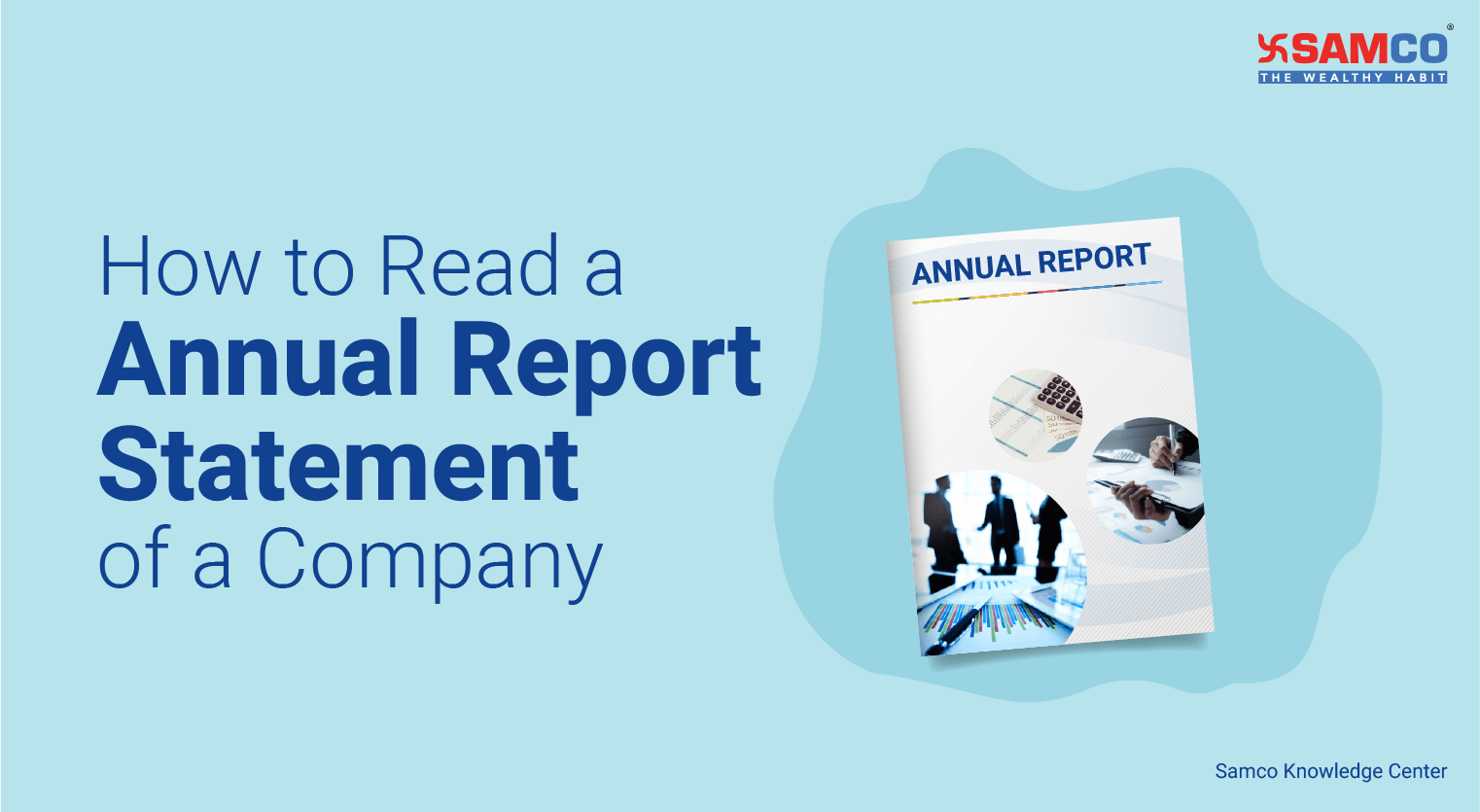
- What does the company do to earn revenue?
- Is the company making profit or loss?
- What is their financial history?
- Is the business scalable?
- How healthy is cash flow in the business?
A company's annual report answers all these questions.
What is an Annual Report?
An Annual Report is a document that contains summary of important activities a company has undertaken during the year. It includes financial performance as well. It is an official communication by the company to its stakeholders. They are a group of people that have an interest in the decision a company make. They are the ones who can either affect or be affected by the company's operations. For e.g., investors, employees, customers, suppliers, etc.
Where can one find a company’s Annual Report?
If you are a shareholder of a company, you will receive their Annual Report every year. Most companies send their reports on shareholder’s registered Email ID. However, you can request for a physical copy through their website. If you are not a shareholder, you can find the Annual Reports on a company's website. Visit their webpage and under the ‘Investor Relations’ menu-section download the Annual Report. Here is an example of how to find Dabur India Limited’s Annual Report - 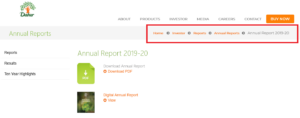
Importance of Annual Report:
Would you trust an outsider to give information about a company? Or would you trust the company itself? Annual Report is the company's official document. This report is crucial in making an informed investment decision. It is an important source to do fundamental analysis of a company. Annual Reports are lengthy hence readers tend to skim through the document. But you must not do this mistake. We have shortlisted a few sections of Annual Report that you must go through without fail. By going through these sections you can focus on what is important and must read.
Important elements of an Annual Report:
- Company Profile
The main reason why we must understand a company’s profile is because it answers all these questions -
- Which industry does the company fall under?
- Who are the its clients?
- Which and how many products is the company offering?
- Who are their competitors?
- Check for the its global presence.
It is important to know the company's structure to make qualitative interpretations. For example, by knowing their competitors, we can compare two companies to shortlist the best one.
- Chairman’s Message
Chairman's message is a short speech by the company’s chairman to its stakeholders. It highlights various strategies and activities of the company. One can learn about what they have managed to achieve and how they plan to pursue their future goals. Here is a snapshot from Dabur India’s Annual Report – Chairman’s Message 
- Management Discussion and Analysis (MD&A)
Snapshot from Dabur India Limited’s Annual Report
The management commentary, or MD&A is one of the most useful parts of a company’s annual report. The company’s management shares their opinions, challenges & outlook in this section. Further, the management discusses company's goals and new projects they intend to undertake. Here is an elaborate article on how to analyse Management Discussion and Analysis.
- Corporate Governance
How will a company grow if there are internal disputes? An investor will not want to park their money if the internal management is at conflict. Corporate Governance is a set of rules and laws by which businesses operate. They ensure ethical behaviour and practices inside the company. Strong corporate governance serves a sense of protection to the investors. It reflects on the company's operational efficiency and better financial performance. Weak corporate governance often leads to company failures. They hinder company's ability to identify and manage risks. Few questions that investors may consider while assessing corporate governance:
- Who represents shareholders on the company’s board?
- Who are the significant investors in the company?
- How strong are the shareholder rights?
- Check their policies and Credit Rating.
- How is the company managing long-term risks? (such as managing human capital, long- term sustainability, etc.)
5. Director’s Report Director’s Report provides a brief about the company’s past performance. It discusses future strategy the company is planning to execute. You learn about the company’s key developments under this section. It shows if the company is complying with financial regulations and other responsibilities. We recommend you to read past three to four years of Director’s Report to have a larger picture of the company's progress. One of the most important factors to check here is the capital breakdown. How much capital is being issued as bonus and how much is retained by the company? Retained Earnings is a part of Net Income which is reinvested as capital to grow business. It is often used for funding an expansion or to pay dividends to shareholders.
- Financial Statements
Financial statements are one of the most prominent items to understand a company. It provides information about a company’s financial performance & position. One can check the past, and potential performance of a company using these statements. We will understand how to analyse these statements from scratch later. For now, let's understand the structure and their breakdown. There are three basic statements - 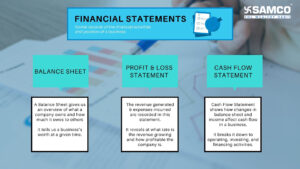
- Assets: What the company owns.
- Liabilities: What the company owes to its stakeholders.
- Equity: Shareholders' stake in the company.
We will learn and understand how to read a balance sheet in detail in our next article. The assets and liabilities reported in the balance sheet plays an important role in decoding a company’s financial health. b. Profit and Loss Statement Profit and Loss Statement shows the income and expenses made by the business over a period of time. Revenue refers to earnings from primary source of business. Other income may include gains that may or may not arise in the ordinary activities of the business. Expenses consists of cash as well as non-cash expenses paid over the year. For example, administrative expenses, rent paid by the company, salaries paid, etc. Net income is the profit a company has left over as the balance amount after paying off all its expenses. Net Income = (Revenue + Other income - Expenses) In the event when expenses exceed revenues and other income, the company will record a Net Loss. c. Cash Flow Statement Cash Flow Statement records all the cash-based activity of the business. This statement helps us observe all the cash transactions (inflow & outflow) in isolation. One can check the company’s liquidity, solvency, and financial flexibility. There are 3 broad categories of Cash Flow Statement -
- Cash Flow from Operating Activity - Comprise the day- to- day operations of the company.
- Cash Flow from Investing Activity - Comprises of investments made by the company. For example, acquisition or disposal of long-term assets.
- Cash Flow from Financing Activity - Comprises of transactions involving debt and equity.
This helps the reader analyse a company from cash perspective.
- Notes to Accounts:
Notes to Accounts are also referred to as footnotes. They are useful to understand how the company arrived at the reported numbers. These notes provide supporting information to the numeric data. They further clarify accounting procedures used by the company. Reading these reports is the best way to stay up-to-date. It will be helpful if you read notes to account section of last three to five years.
- Auditor’s Report
After finalizing the financial statements, the auditor examines the financial records. They check and review the reliability of the reported numbers. Here, you can read the auditor's unbiased opinion on the company's financial statements. There are usually made up of three paragraphs -
- Responsibilities of the auditor
- The purpose of the audit
- Auditor’s findings and opinions.
Snapshot from Dabur India Limited’s Annual Report
Types of auditor’s opinion and what do they mean - a. Unqualified Opinion The financial statements are reliable and clean of errors. It means that auditors are satisfied with the company’s financial reporting. b. Qualified Opinion The auditor isn’t confident about any specific process or transaction. This prevents them from issuing an unqualified, or a clean report. It may include an extra paragraph explaining their qualified opinion. c. Disclaimer of Opinion The auditors are distancing themselves from providing any opinion. This may happen when they couldn’t find satisfying answers or explanations. d. Adverse Opinion Adverse opinion is the worst and puts the company in bad light. It means that the auditors are not at all satisfied. When auditors have discovered misstatements or irregularities, the auditors will pass this opinion. Audit Opinions are important as it reflects the integrity of the report. It helps project an image of the company to the readers.
Conclusion:
Annual Reports are one of the most reliable sources to gather important information. They help us make investment decisions and identify red flags. To summarise, annual report acts like a map on lost waters where you are the captain of your ship. The best way to start is by reading your first annual report. To become an investor, let reading an annual report be a compulsory ritual before you decide to invest in a company. Also Read: How to Read & Analyse a Balance Sheet of a Company - Dabur India Limited How to Read & Analyse an Income Statement - Dabur India Limited How to Read & Analyse a Cash Flow Statement of a Company - Dabur India Limited

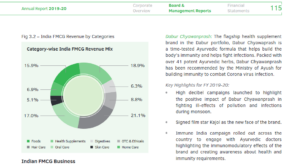
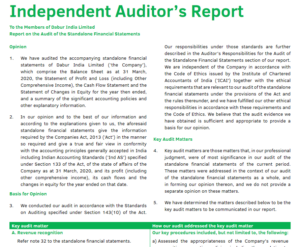


 Easy & quick
Easy & quick
Leave A Comment?